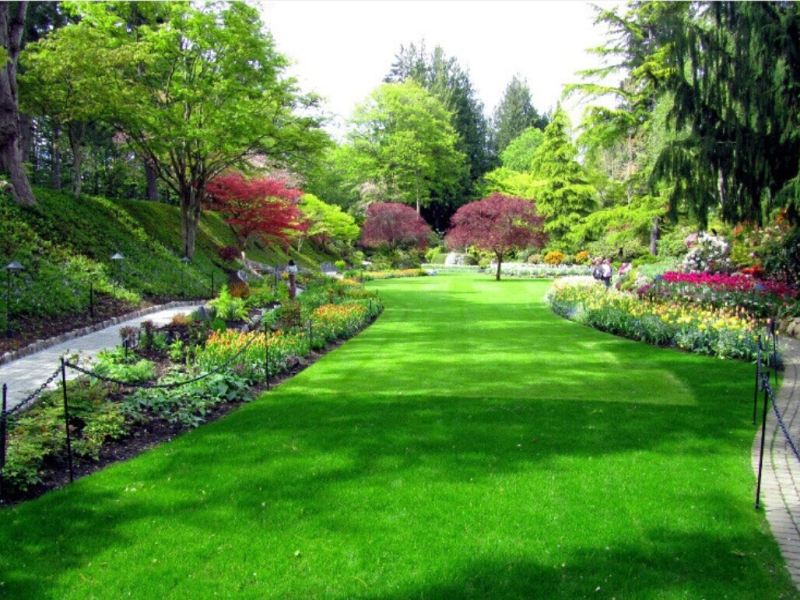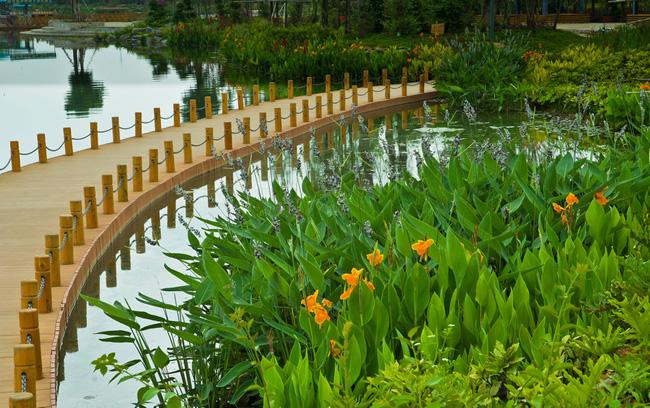CLASSIFICATION OF CHINESE GARDEN LANDSCAPING
2 min readClassification by Geographical Location Northern gardens are large and have grand structures. Because of the climate, northern gardens do not contain a large variety of water areas or evergreen trees and they’re not as delicate as their counterparts in southern China. Northern gardens are found mainly in Beijing, Xi’an, Luoyang and Kaifeng, with the gardens in Beijing being the most representative of the northern style.

Jiangnan (south of the Yangtze River) gardens cover smaller areas than the ones in the north, but have a variety of waterscapes and evergreen trees. The scenery is delicate and cozy. Southern gardens are found in Nanjing, Shanghai, Wuxi, Suzhou, Hangzhou and Yangzhou,with the gardens in Suzhou considered the best examples. Southern gardens are artistic designs consisting of buildings, mountains, water and plant life. These gardens blend nature, architecture and painting into a unified whole.
Guangdong is in a subtropical zone so Cantonese gardens feature more waterscapes and vegetation; and they feature subtropical scenery is typically set off by tall and spacious buildings.
Classification by Owner
Imperial gardens are large and grandiose, and were built using natural mountains and waterways. The most famous ones include the Imperial Forest Garden (shanglin yuan built during the Han dynasty, and the Tang dynasty Forbidden Garden(chang’ an jinyuan)inian. The current imperial gardens are Qing dynasty creations with Beihai Park (beihai gongyuan), the Summer Palace(yihe yuan) and the Old Summer Palace (yuanming yuan in Beijing, and the Imperial Summer Villa (chengde bishu shanzhuang) in Chengde as the finest examples. These gardens highlight scenic spots of China’s different regions and blend themes of gods and legends with anecdotes of well-known historical personalities. Particular attention is given to the connection of independent scenes within the garden.

Private gardens were relatively small with small mountains and waterways. Most only measured about 2.5 acres (one hectare), with a few stretching to 10 or 12 acres (4 to 5ngthmanen a cointains space, paticular attention was hectares). Within such a confined space orpo decorations. The theme of the garden varied according to the taste of the owner. So allr small buildings, manmade mountains and water ways, and o the was given to incorporat vate gardens er and otherstaste aed the owner’s pursuit of a plain and simple life. The private gardens of Suzhou, Yangzl gzhou and Nanjing are considered some of China’s most distinguished with Suzhou being home to the majority of them.dens, but wrtached to temples and were built in approximately the same manner.
Temple gardens are at as private gardens, but with a greater emphasis on tranquility. Temple gardens are an in part of the entire building complex and influence the design of the overal structure, thus lending the temples themselves a gardenlike atmosphere.








